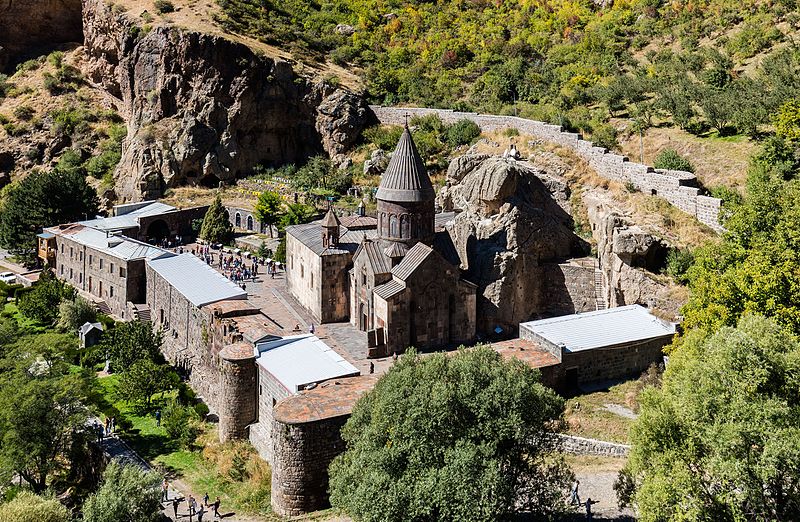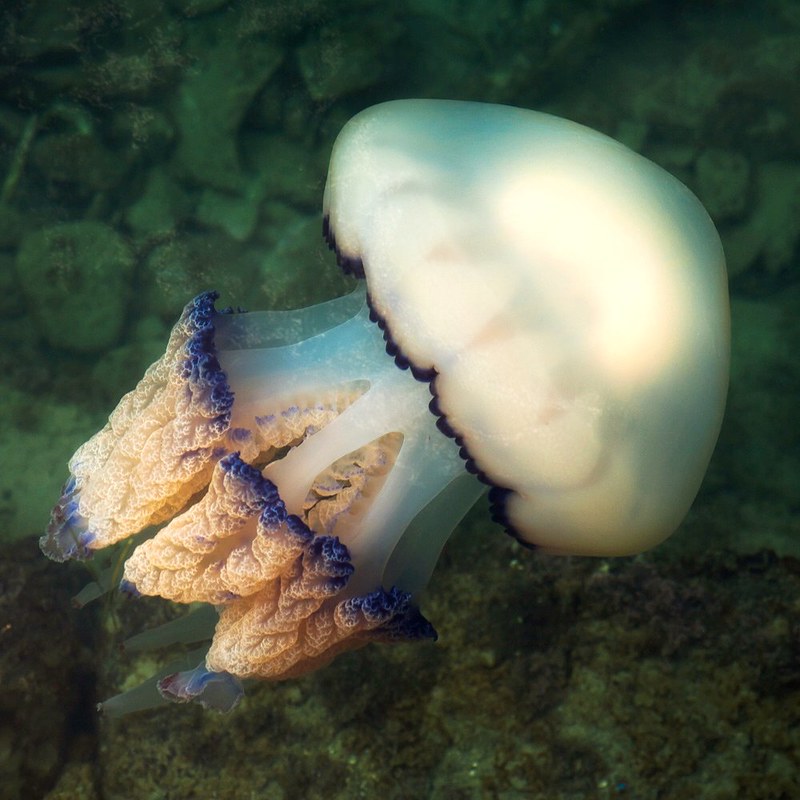Many creatures in the animal kingdom have developed the incredible ability to regenerate lost or damaged body parts. From tiny flatworms to large mammals, these animals showcase nature’s power to heal and adapt in ways that often seem unbelievable. Regeneration allows them to survive injuries, evade predators, and even restore entire organs or limbs. While humans have only limited regenerative abilities, studying these animals offers valuable insights into the potential for medical breakthroughs. In this article, we’ll explore 16 fascinating creatures with some of the most amazing regenerative abilities in the natural world.
Axolotl
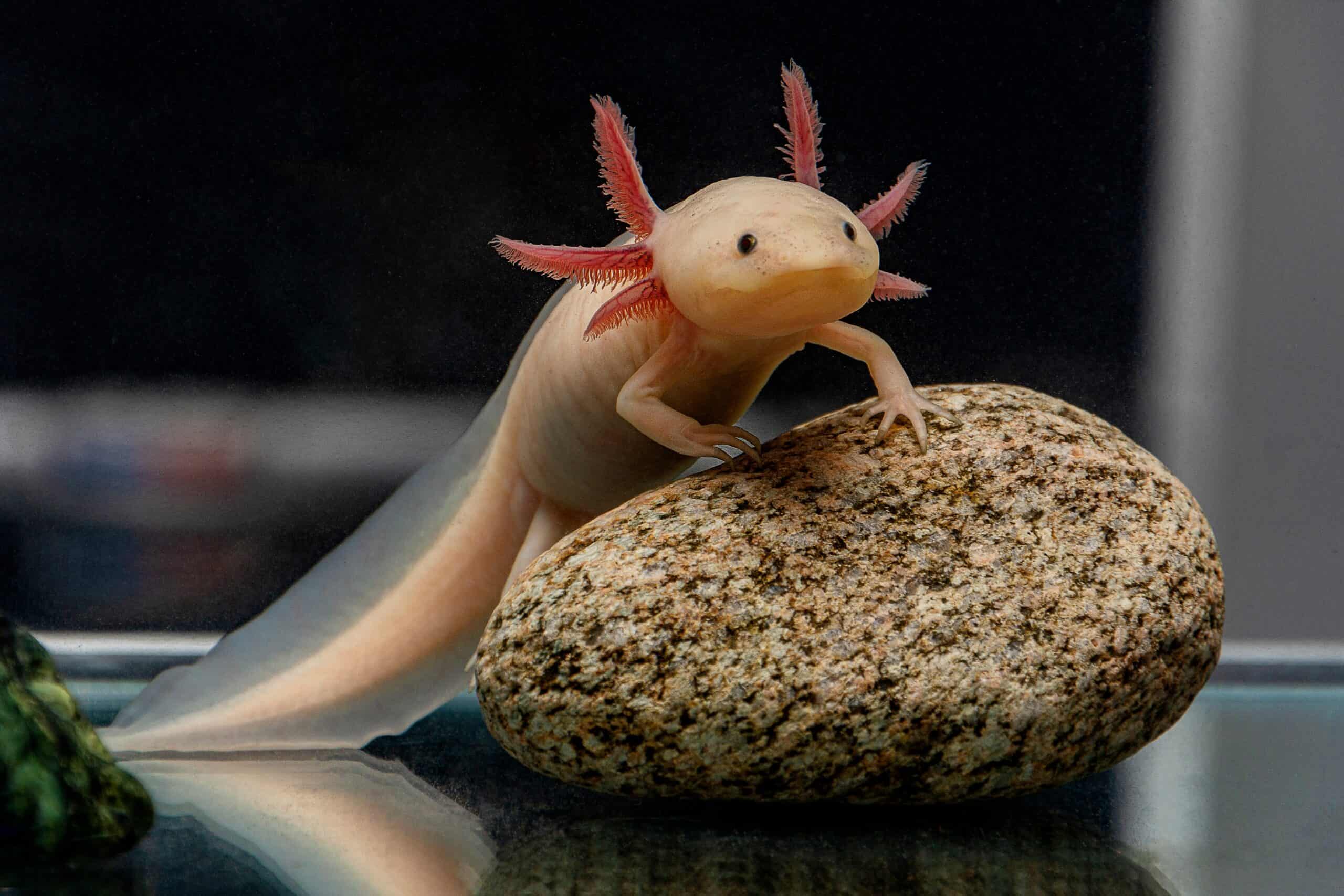
The axolotl, a type of salamander, is perhaps one of the most famous regenerators in the animal kingdom. Unlike most amphibians, it retains its larval features throughout its life, making it an eternal juvenile in appearance. What makes axolotls extraordinary is their ability to regenerate entire limbs, spinal cord, heart, and even parts of their brain. If they lose a leg, it can grow back in mere weeks, fully functional and without scars. Even more fascinating is that these creatures can regenerate the same limb multiple times. Scientists are studying them to understand how their cells revert to a more primitive state during regeneration. Their abilities hold promise for advances in human medical treatments.
Starfish
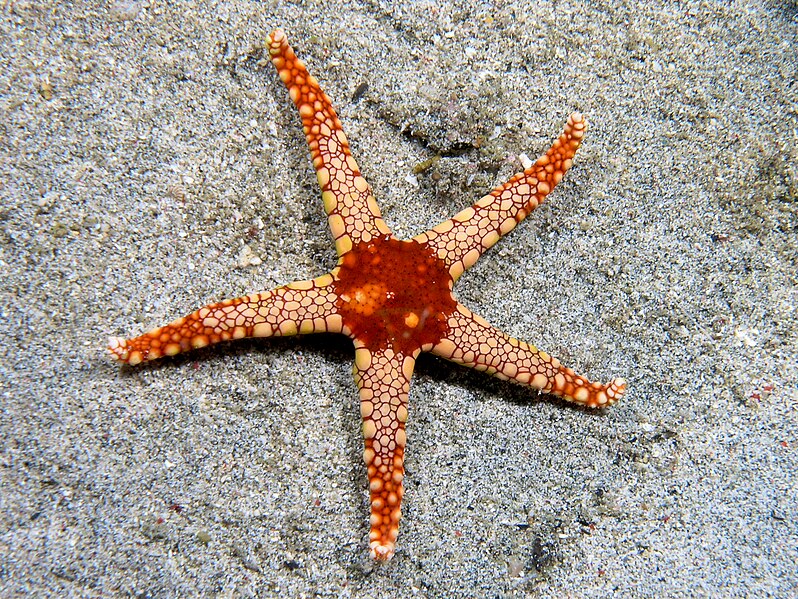
Starfish, or sea stars, are renowned for their regenerative abilities, which extend beyond simply growing back lost arms. In some species, a single arm detached from the central body can regenerate into a completely new starfish. This regenerative power is driven by special cells located at the base of each arm. These cells act similarly to stem cells, allowing the starfish to heal and regrow its parts. It’s not only limbs they can regenerate, but also portions of their digestive system if lost. Starfish play a crucial role in marine ecosystems, and their regeneration helps maintain their population. Their resilience against injury makes them a remarkable example of nature’s adaptability.
Planarian Flatworms
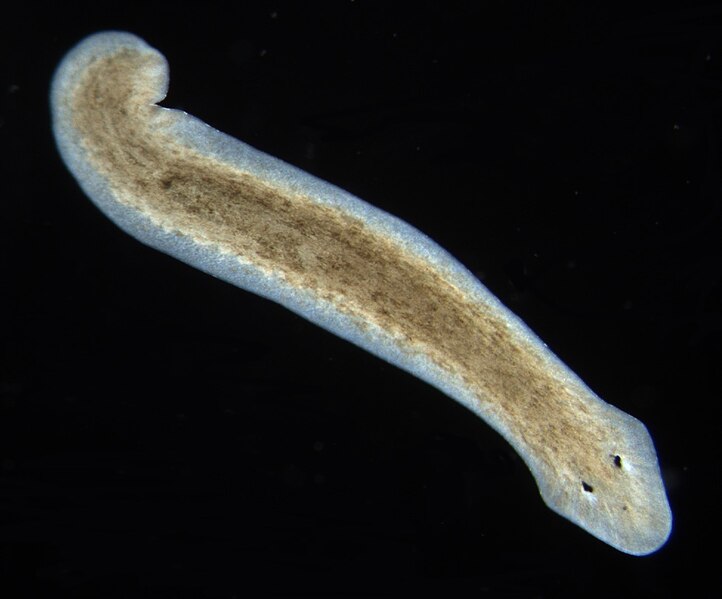
Planarians are tiny flatworms with one of the most extraordinary abilities in the animal kingdom: they can regenerate any part of their body, including their head and brain. If you cut a planarian in half, each piece will grow into a complete worm. This remarkable regenerative capability is made possible by stem cells called neoblasts, which can divide and differentiate into any cell type. Planarians are extensively studied in biology for understanding tissue regeneration and stem cell behavior. Notably, they can regrow their entire nervous system, allowing even decapitated worms to regain their full function. This regeneration happens rapidly, sometimes in just a few days. Planarians are living proof of how simple organisms can have complex biological processes.
Sea Cucumbers
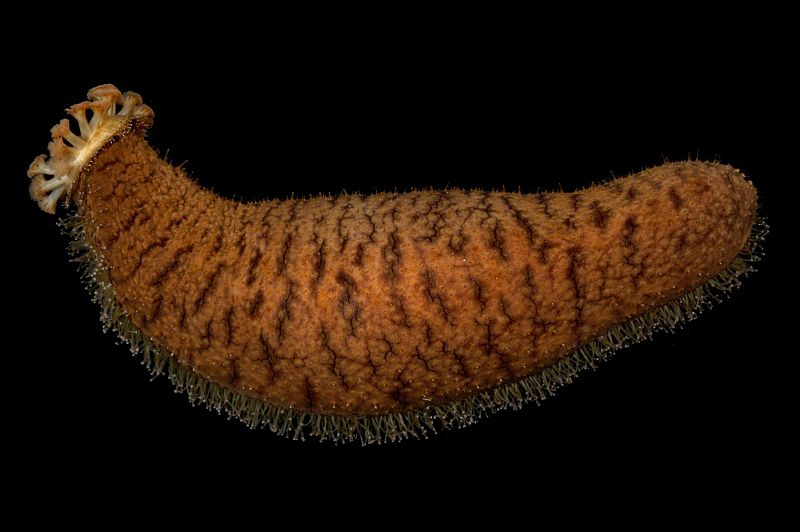
Sea cucumbers possess a bizarre yet effective defense mechanism—they expel their internal organs when threatened. Remarkably, they can regenerate these organs within weeks, fully restoring their body functions. This process helps sea cucumbers survive predation and environmental stress. The key to their regenerative abilities lies in their connective tissues, which are able to rapidly regenerate. In addition to internal organs, some species can regenerate lost body parts, including their tentacles and parts of their muscular system. These creatures inhabit deep-sea environments and play a vital role in cleaning ocean floors. Their ability to regenerate makes them incredibly resilient and adaptable.
Lizards (Tail Regeneration)
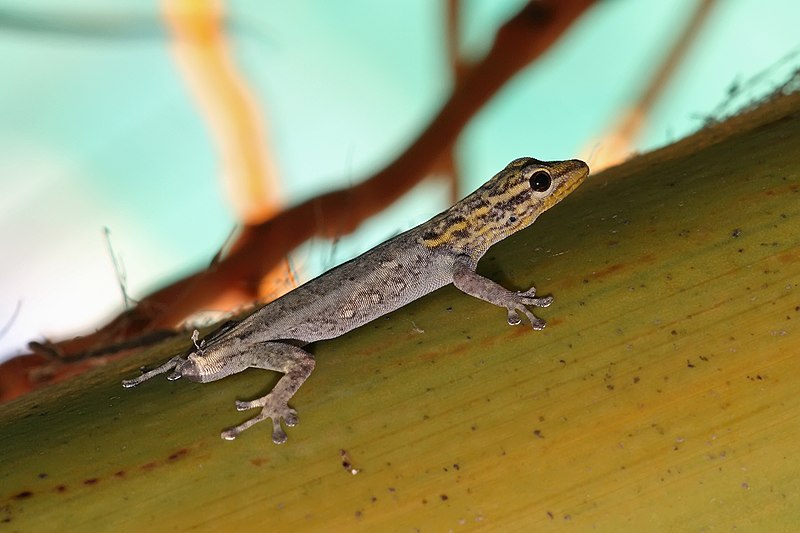
Many species of lizards, particularly geckos and iguanas, can drop their tails when threatened by predators—a process called autotomy. The tail, once detached, continues to wriggle, distracting the predator while the lizard escapes. Over time, the lizard can regenerate a new tail, though it’s often structurally different from the original. The regenerated tail is usually composed of cartilage rather than bone, and lacks some of the original features. Despite these differences, the new tail functions well enough to aid in balance and movement. Regenerating the tail requires significant energy and time, but it increases the lizard’s survival chances. This adaptation has evolved over millions of years as a survival mechanism.
Spiny Mice
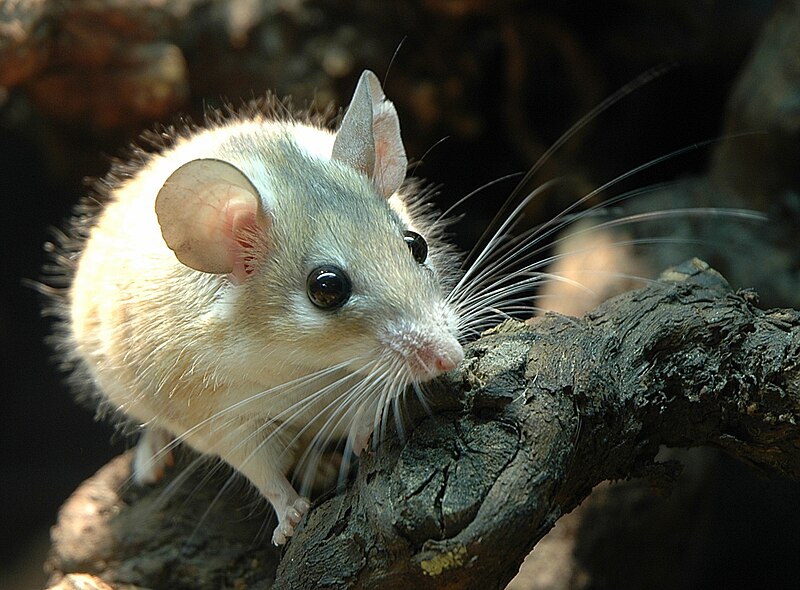
Spiny mice have a unique place among mammals for their ability to regenerate skin, muscle, cartilage, and even hair follicles. Unlike most mammals, which form scar tissue when injured, spiny mice can heal large wounds without scarring. They are even capable of regenerating ear tissue if damaged or lost. Their regenerative abilities are so advanced that they can regrow chunks of skin, making them an important species for scientific research into wound healing. The regenerative process in spiny mice mimics that of amphibians, which is rare in mammals. Scientists are investigating the genetic and cellular mechanisms behind this ability. These rodents could hold the key to improving human tissue regeneration in the future.
Hydra

The hydra is a small freshwater animal with an astonishing ability: it can regenerate its entire body from just a fragment. Even more extraordinary is that if you dissociate a hydra into individual cells, those cells can reassemble themselves into a complete organism. This regenerative power is due to their abundance of stem cells that continuously divide and replace old or damaged tissue. Hydras do not age, and under ideal conditions, they can regenerate indefinitely. Scientists are fascinated by hydras because of their potential to unlock secrets about aging and cell regeneration in higher organisms. Their ability to completely regenerate from any injury makes them practically immortal. This incredible capability is still being studied to uncover its full potential.
Octopus
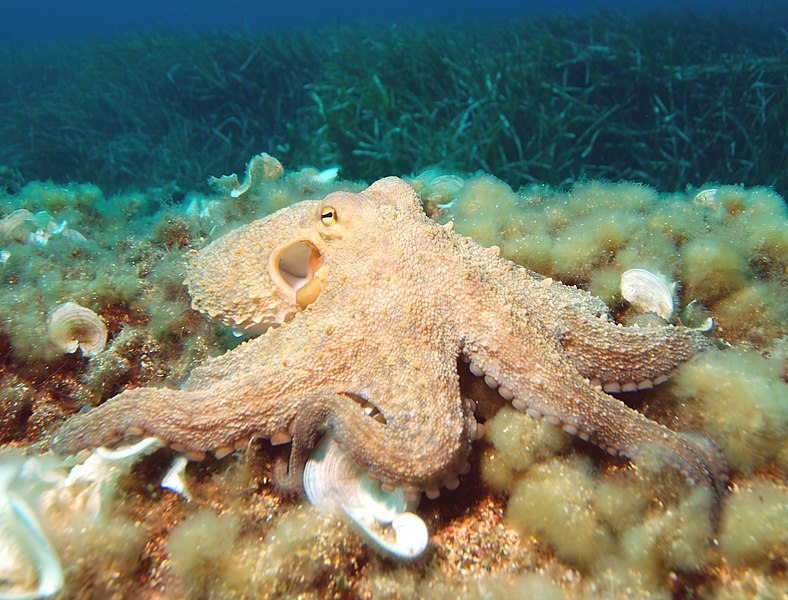
Octopuses are well-known for their intelligence, but they are also incredible regenerators. If an octopus loses a limb, it can regrow the entire arm, complete with nerves, muscles, and even the suckers. The new limb is fully functional and indistinguishable from the original. The process of regeneration takes only a few months and is triggered by specialized cells at the wound site. Interestingly, octopuses can even regenerate portions of their brain if injured. This regenerative ability plays a crucial role in their survival, as they often face predatory attacks. Their remarkable capacity to regenerate body parts makes them a marvel of marine biology.
Deer (Antler Regeneration)
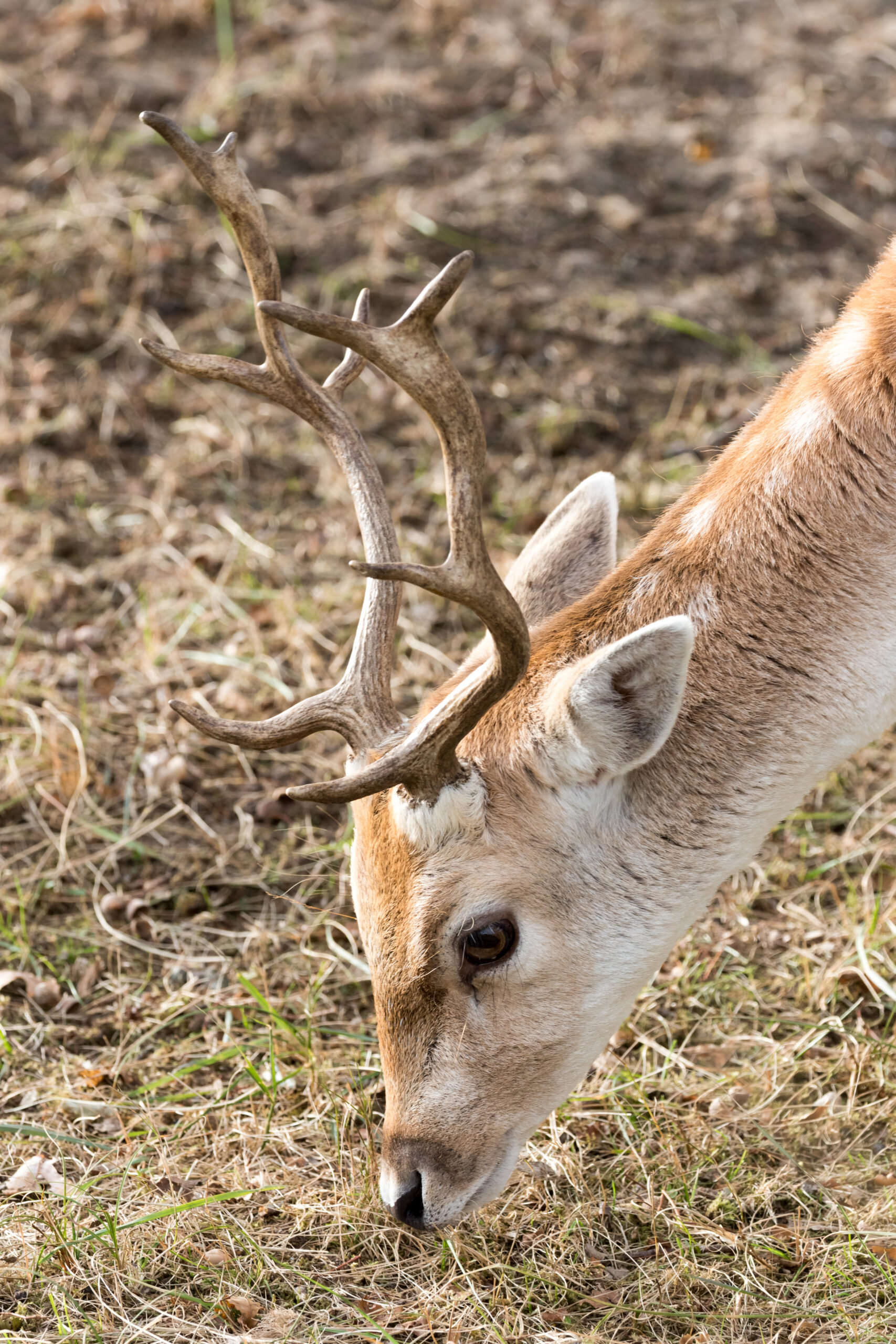
Each year, male deer grow and shed their antlers, making them one of the few mammals with significant regenerative abilities. The antlers, composed of bone, grow rapidly during the mating season and are shed once they are no longer needed. This cycle of growth and shedding is controlled by hormones, particularly testosterone. Once the antlers fall off, new ones start growing almost immediately, with the process repeating annually. Deer can regrow their antlers even if they are damaged or broken during their growth phase. The speed at which antlers regenerate is one of the fastest known bone growth processes in nature. This makes deer regeneration unique among land mammals.
Crabs
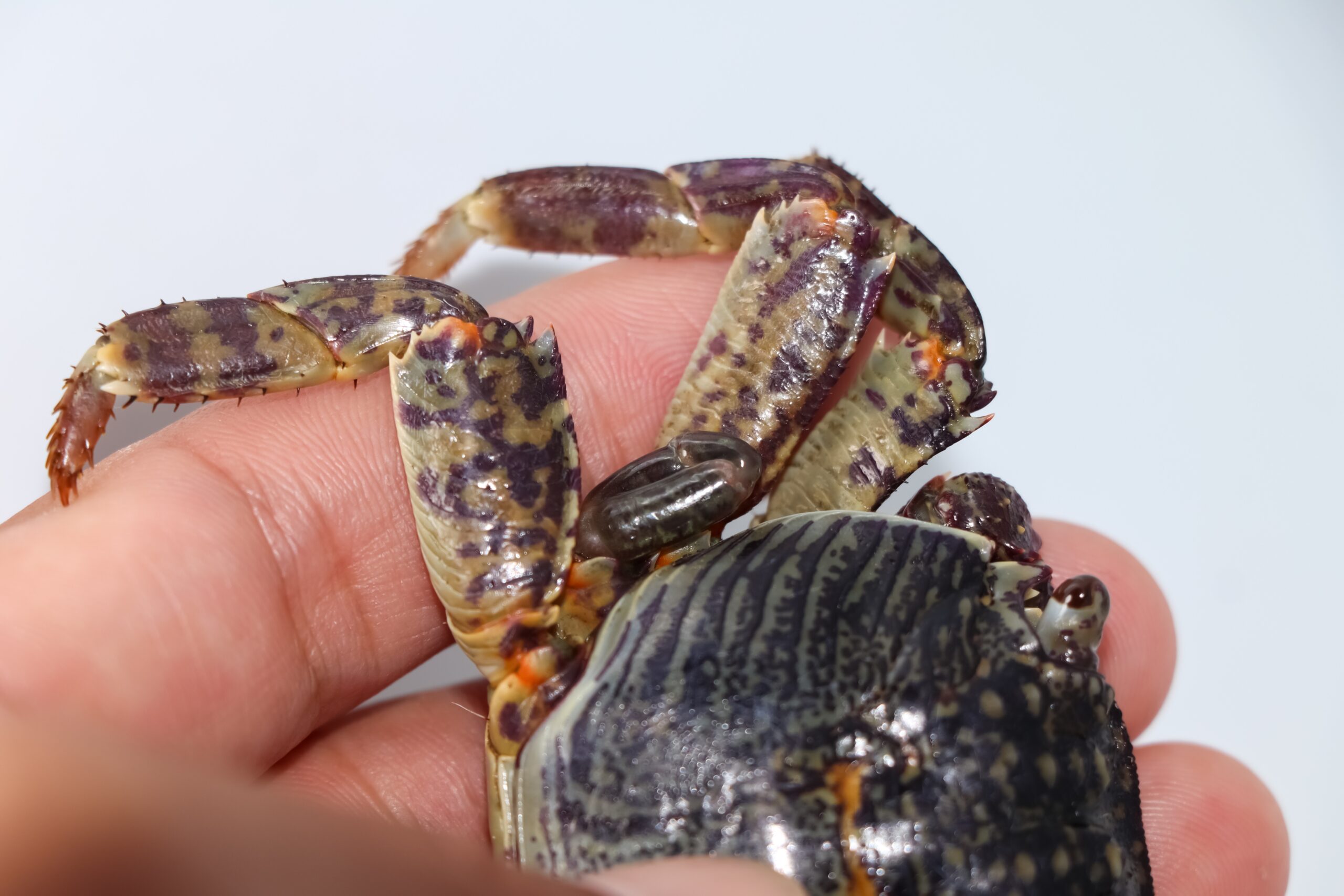
Crabs can regenerate their lost claws, legs, and other appendages, a process essential for their survival. When a crab loses a claw, it will grow back a new one, although the replacement is often smaller at first. Over several molting cycles, the new appendage will eventually reach full size. This regeneration is controlled by hormonal signals that stimulate cell division at the wound site. The ability to regenerate lost limbs helps crabs continue their daily activities such as foraging, defending themselves, and interacting with other crabs. Crabs play a significant role in marine ecosystems, and their regenerative abilities contribute to their resilience. Their remarkable regeneration ensures they can recover from injury and predation.
Nudibranchs
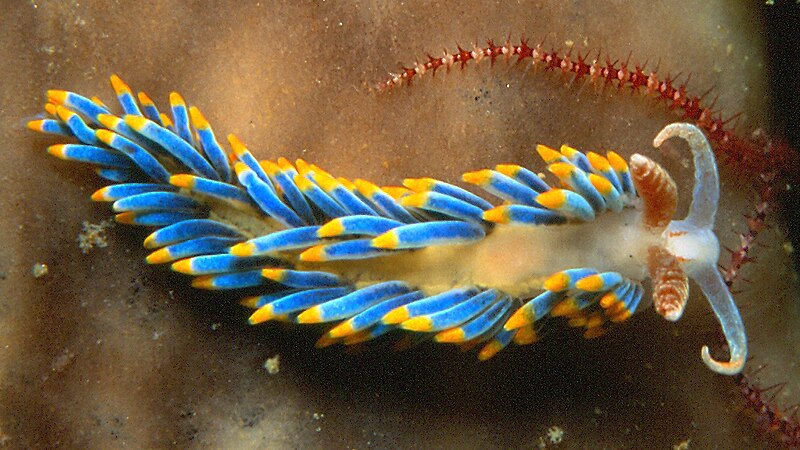
Nudibranchs, also known as sea slugs, are soft-bodied marine mollusks with the ability to regenerate parts of their body, particularly their appendages. These colorful creatures can regenerate their cerata, which are the finger-like extensions on their backs used for defense and respiration. The process is initiated after injury and is completed relatively quickly, depending on the species. Their ability to regenerate is crucial for their survival in the wild, where predation is common. Nudibranchs’ soft bodies make them vulnerable, but regeneration helps them recover from attacks. These creatures’ regenerative abilities add to their allure in marine biology. Their vibrant colors and impressive healing capabilities make them a favorite among researchers and underwater photographers.
Brittle Stars
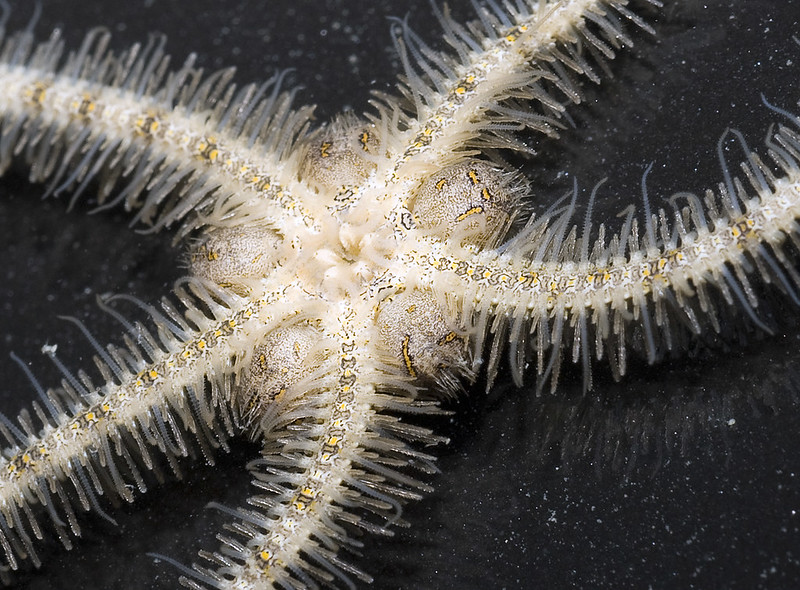
Brittle stars are close relatives of starfish and share their impressive regenerative abilities. They can regenerate arms that are lost to predators or injury, a process that helps them survive in the wild. In some species, a detached arm can even regenerate into a new brittle star. The regenerative process is controlled by specialized cells at the base of the arm, which rapidly divide to replace the lost tissue. Brittle stars also regenerate portions of their central disk, allowing them to survive severe damage. Their regeneration capabilities make them important members of the marine ecosystem. These creatures are resilient and can thrive even after significant injury.
Lungfish
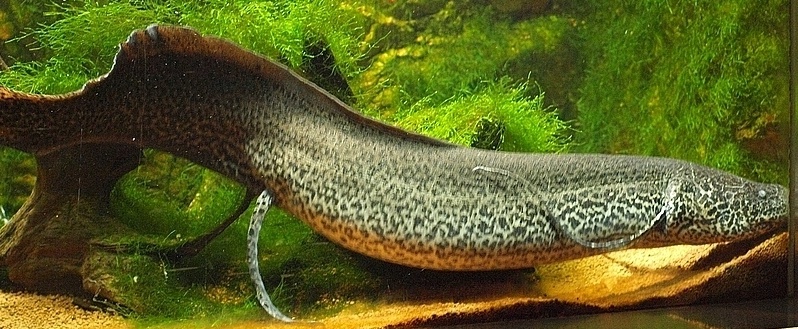
Lungfish, known for their ability to survive in both water and air, can regenerate their fins and parts of their spinal cord. This regeneration allows them to recover from injuries sustained in the harsh environments they inhabit. Lungfish regeneration is driven by specialized cells that can differentiate into various tissue types. This process helps them maintain mobility and function after injury. Lungfish can survive in low-oxygen environments by breathing air, and their regenerative abilities further enhance their resilience. Their remarkable capacity to regenerate body parts makes them a subject of interest in evolutionary biology. Lungfish represent a fascinating example of how regeneration has evolved in different animal lineages.
Sea Anemones
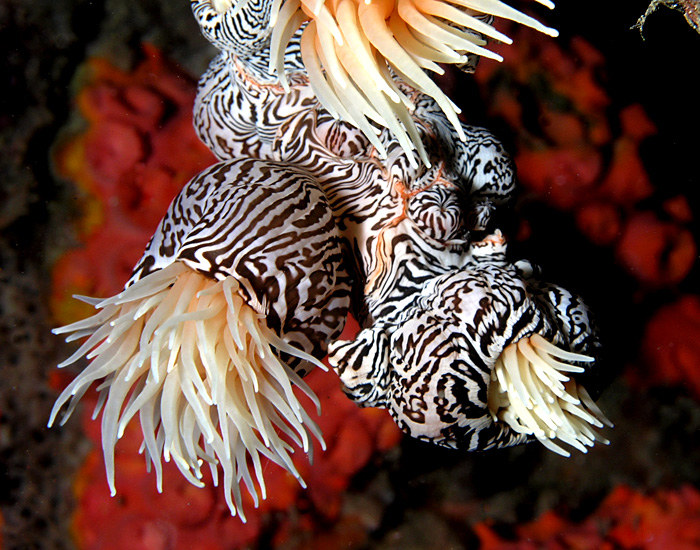
Sea anemones are simple yet extraordinary creatures with remarkable regenerative abilities. They can regenerate tentacles and even portions of their body if damaged. If a sea anemone is cut in half, each piece can regenerate into a fully functional individual. This regenerative process is driven by stem-like cells that can differentiate into any cell type. Sea anemones play an important role in marine ecosystems as both predators and prey. Their ability to regenerate ensures they can recover from injury and continue to thrive. Scientists study sea anemones to better understand the molecular mechanisms behind regeneration.
Frogs (Tadpoles)
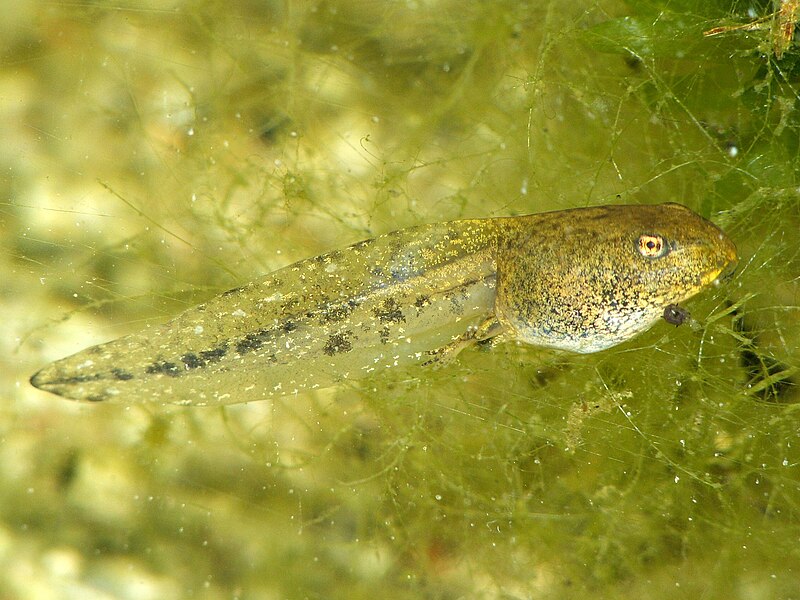
While adult frogs cannot regenerate body parts, their tadpole stage has significant regenerative abilities. Tadpoles can regrow limbs, tails, and parts of their spinal cord. This regeneration is driven by cells at the wound site that proliferate to replace lost tissues. As tadpoles mature into frogs, they lose this regenerative ability. Scientists are investigating why this ability is lost during development and how it might be reactivated in adult frogs. Tadpole regeneration provides a window into understanding how regeneration is controlled during development. This research has potential applications in regenerative medicine.
Sea Squirts
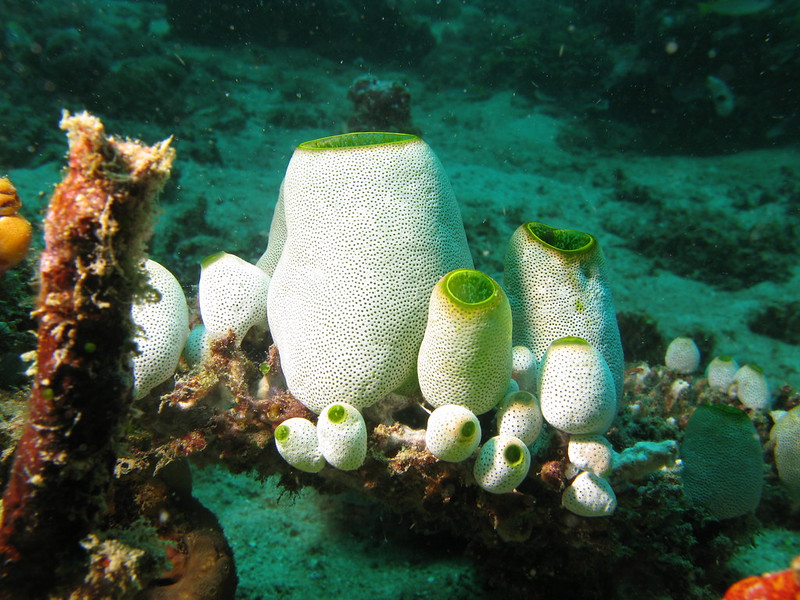
Sea squirts, also known as tunicates, are marine organisms with the ability to regenerate large portions of their body. They can regenerate their siphons, heart, and portions of their nervous system. This regeneration is driven by stem-like cells that can replace damaged tissues. Sea squirts are closely related to vertebrates, making them a valuable model for studying regeneration. Scientists study their regenerative abilities to understand how these processes evolved in early vertebrates. Sea squirts’ ability to regenerate critical body parts ensures their survival in the wild.
This article originally appeared on Rarest.org.
More From Rarest.Org
Throughout history, several nations have stood the test of time, tracing their roots back thousands of years. These countries have not only shaped their own destinies but also left a lasting impact on the world through their cultures, innovations, and legacies. Read more.
Jellyfish are some of the most captivating creatures in the ocean, with their graceful movements and unique appearance. While many species are small, others grow to impressive sizes, making them stand out in the vast waters. Read more.
Throughout history, many inventions have revolutionized the way we live, work, and interact with the world around us. Some of these breakthroughs have become household names, while others, equally significant, have faded into obscurity. Read more.

